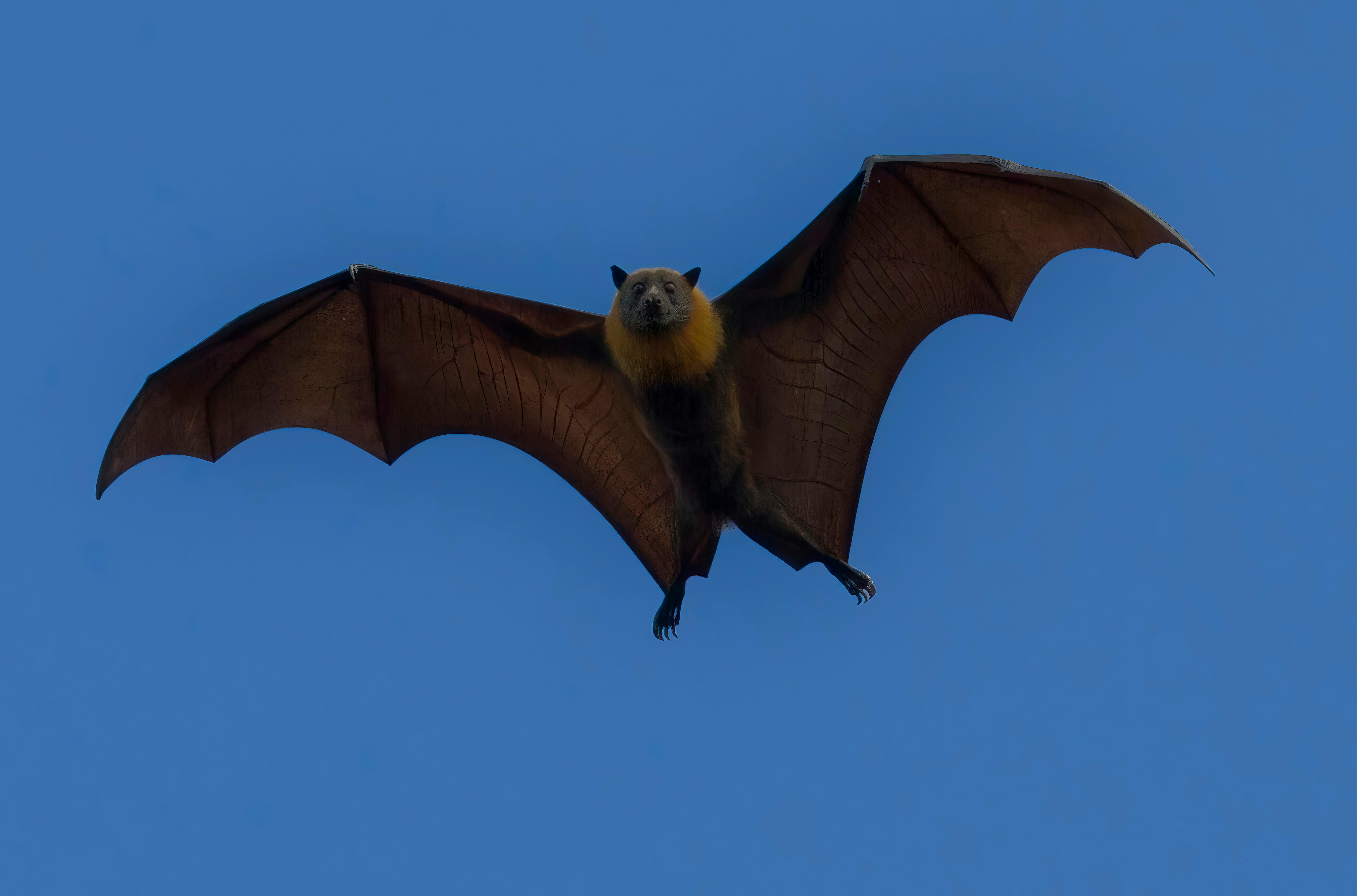The Fascinating World of Bat Echolocation
Bat echolocation: it's a remarkable phenomenon, a unique adaptation that has allowed these flying mammals to thrive and diversify across the globe. This article delves into the fascinating realm of bat echolocation, exploring its historical discovery, recent developments, and how understanding this unusual evolutionary adaptation can help us better conserve these integral species.

The History of Bat Echolocation
Bat echolocation was first discovered in the 1930s by Donald Griffin, a young zoologist who was intrigued by the ability of these creatures to fly in total darkness. Griffin’s work, which included playing back recordings of bat sounds slowed down enough for human ears to hear, laid the foundation of what we know about echolocation today.
The Science of Echolocation
Bats emit high-frequency sounds, often through their mouth or nose, which bounce off objects in their environment. The returning echoes provide the bat with a sonic map of their surroundings, enabling them to navigate and hunt in complete darkness. This unique echo perception is so refined that bats can detect objects as fine as a human hair.
Echolocation Across Species
Not all bats use echolocation in the same way. While some species emit constant frequency (CF) sounds that allow them to detect Doppler shifts from fluttering insect wings, others use frequency-modulated (FM) sounds to perceive static objects in their environment. This variation in echolocation techniques reflects the diversity in bat species and their ecological roles.
Current Research and Developments
Advancements in technology have allowed scientists to delve deeper into the intricacies of bat echolocation. Recent research, for instance, has revealed that bats can tweak their signals according to their needs, a phenomenon dubbed as ‘dynamic sensing’.
The Role of Echolocation in Conservation
Understanding bat echolocation is not merely an academic exercise. It’s a crucial tool for conservation. By studying echolocation calls, scientists can identify different bat species, estimate their numbers, and monitor their movements - information that is invaluable for effective conservation strategies.
Implications for Human Applications
Interestingly, bat echolocation has also found applications in the human world. Inspired by bats, engineers have designed ‘sonar’ systems used in submarines and robots. Researchers are also exploring how understanding bat echolocation could lead to advancements in assistive technology for visually impaired people.
In conclusion, bat echolocation is a fascinating phenomenon, one that has implications far beyond the animal world. As we continue to unravel its mysteries, we not only gain insight into the remarkable adaptations of these flying mammals but also open up new possibilities for human applications and wildlife conservation.
